[one_half]
Médecins Sans Frontières operates in Mali by providing comprehensive paediatric care for the cure and prevention of the major deadly conditions affecting early childhood.
These activities are complemented by the training of community health workers who diagnose and deliver simple treatments for malaria in the villages, as near as possible to the patients.
These preventive measures have proved effective, with the goal now being to reduce the cost of these measures so they can be extended to other health centres.
The Peshawar region, in the tribal areas, is particularly unstable. The violence is causing massive displacements of populations in the north-west of the country. Access to quality healthcare is very difficult there, with the maternal and infant mortality rates among the highest in Central Asia.
In 2011, MSF opened a hospital specialising in gynaecology and obstetrics in Peshawar, dedicated entirely to the most vulnerable women (refugees, women displaced from the border tribal areas of Afghanistan or women from Peshawar and its surroundings), so that they can have access to free, high-quality gynaeco-obstetrics care around the clock. A mobile team informs communities about the care services available. This hospital has 30 inpatient beds for mothers and 18 in the neo-natal unit which supports seriously ill newborns, an operating block, a laboratory with a blood bank, and an emergency consulting room.
Through this project, MSF is contributing to the reduction in maternal mortality.
[/one_half]





